The Ottawa Senators were on the precipice of greatness in the early 2000’s. Through careful drafting and development, they had become one of the NHL’s top teams. Daniel Alfredsson, Marian Hossa, Martin Havlat and Mike Fisher were some of the most talented young guns in the NHL, and they were all home-grown Sens. They had built a championship-calibre team and looked ready to ascend to the next level.
However, things changed drastically prior to the 2001-02 season. A new general manager (GM) took over, beginning a half decade of aggressive trades, unhappy stars, and a terrible draft record. Still, despite growing unpopularity, the team continued to rise, nearly capturing the Stanley Cup in 2007. While the Senators’ greatest achievement was still five years away, the 2002 draft set the tone for the new regime – the draft doesn’t matter.
Related: Senators 2019 NHL Draft Guide
This article is a continuation in a series looking at the Senators’ drafts in the 2000s. You can read previous draft reviews below:
The New Regime Arrives
On June 12, 2001, John Muckler was hired as the new GM of the Senators. He replaced Marshall Johnson, who decided to step down. Johnson had held the position since 1999-00, but been with the team since 1995-96, playing a major role in the organization’s rise. It was he who orchestrated the messy situation with Alexei Yashin into one of the best drafts in franchise history.
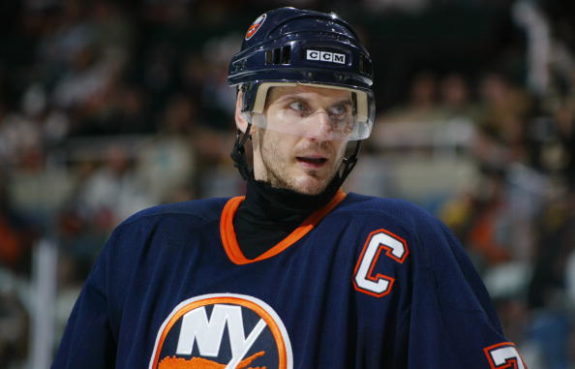
However, Muckler offered a bright future. A long-time coach for the Edmonton Oilers and New York Rangers, he’d served as the GM for the Buffalo Sabres from 1993 to 1997. In his last season with the team, The Sporting News named Muckler Executive of the Year. He made several hard decisions that eventually forced him out of Buffalo, but it was not for lack of success. It was Muckler’s confidence that made him the top choice for the Senators, and they hoped it would spread.
Muckler joined a team close to breaking out. The Senators had been to the playoffs the past five seasons but had failed to advance past the second round. Yet their core was young, and they still had several top prospects in Jason Spezza and Antoine Vermette waiting to join the team. Even without Yashin, their top scorer in 2000-01, the future was incredibly bright. All that was missing was, apparently, confidence.
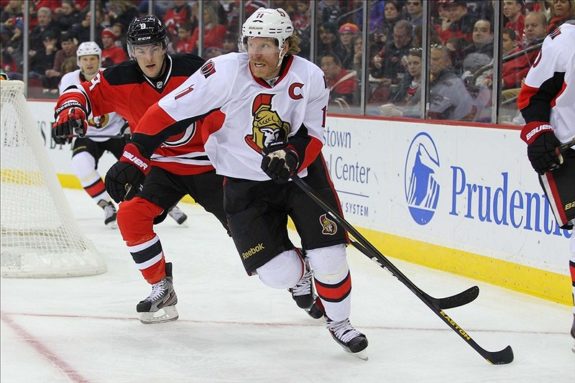
With the foreseeable future taken care of, and with confidence to spare, Muckler approached the 2002 Entry Draft with indifference. It was believed 2002 would be very shallow, anyway, requiring teams to work extra hard to find top talent. So, using Muckler’s philosophy, that extra effort was not spent, and the Senators entered the draft ill-prepared.
Opening the Draft
The draft kicked off with a bang, with the Columbus Blue Jackets and Florida Panthers swapping the third and first picks, respectively. Columbus then selected Rick Nash, and not the consensus top-pick, Jay Bouwmeester, first overall. The Atlanta Thrashers continued the surprises by taking Finnish goaltender Kari Lehtonen, making him the highest drafted European goalie in NHL history.
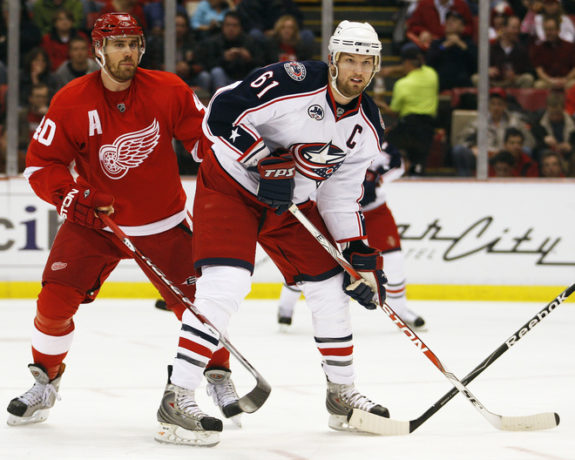
The surprises stopped with Ottawa. With the 16th pick, the Senators took Central Scouting’s 16th-best North American forward, Jakub Klepis. According to any scout, it was an incredibly safe pick: Klepis has the size, strength, speed and offensive upside. He was all but guaranteed to get to the NHL in a few years, hopefully as a second-line playmaking center, but at the very least, an anchor on the checking line.
After a decent WHL season and a strong U18 World Championship, Klepis returned to the Czech Republic for the 2002-03 season, where he looked just OK. Rather than wait to see if he would mature, though, Muckler sent Klepis’ rights to the Buffalo Sabres for veteran grinder Vaclav Varada and a 2003 5th-rounder. A year later, the Sabres would trade Klepis again to the Washington Capitals for Mike Grier.
Already on his third NHL team, Klepis finally made his NHL debut with the Capitals in 2005-06. On paper, it was a good fit as the team needed centers, but after two years of splitting time between the NHL and AHL, it was clear that he hadn’t improved much from his draft day. After starting the 2007-08 season in the AHL, he left for Europe where he continues to play.
Ottawa took a similar strategy in the second round, selecting the perceived best player available. Alexei Kaigorodov was one of Russia’s hottest rising playmakers and Central Scouting ranked him as the ninth best European prospect in 2002. To see him available in the second round seemed like a steal, despite the fact Russian players often faced issues in coming to North America.
Kaigorodov remained in his home country for another five seasons before, in 2006-07, his Russian club gave him permission to attend Ottawa’s training camp. However, after making the team, Kaigorodov struggled, registering only an assist in six games, and he was sent down to the Binghamton Senators for some extra development.
Kaigorodov didn’t like the demotion one bit. He refused to report to the AHL, forcing the Senators to suspend him indefinitely. The stalemate lasted until January, when Muckler flipped him to the Phoenix Coyotes, receiving center Mike Comrie in return. The Coyotes upheld the suspension and Kaigorodov, frustrated and disillusioned, returned to Russia, where he played until 2016.
The Senators first two picks were seemingly safe selections, yet they flopped embarrassingly. Teams who took bold risks in the first two rounds reaped the rewards. The Chicago Blackhawks stole Duncan Keith late in the second with the 54th pick, despite the player being ranked 94th. Alexander Steen was ranked 12th among Europeans in the Central Scouting’s final list, yet the Toronto Maple Leafs took him 20th overall. Both players have gone on to find great success, while Ottawa ended up with a single assist.
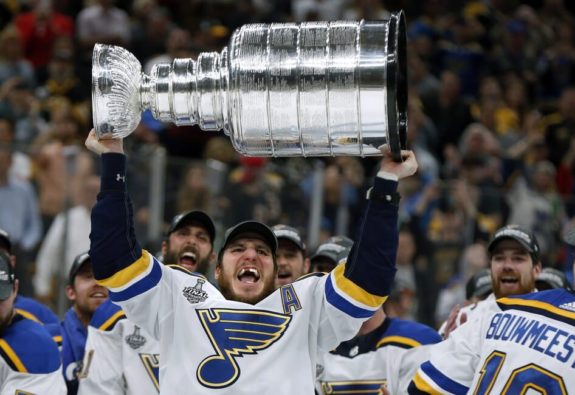
The Middle Rounds
With four picks in the next three rounds and the belief that they had some safe prospects locked up in Klepis and Kaigorodov, the Senators went with some incredibly risky selections. However, the combination of lack of preparation, a nonchalant attitude, and bad luck resulted in a handful of busts.
Before becoming GM of the Blue Jackets, Jarmo Kekalainen served as a scout and Director of Player Personnel for the Senators. He had a good eye for talent, and when he approached management with an unranked Finnish winger named Luttinen, Muckler went all out to select him, trading the team’s third and fourth-round picks to the New York Rangers to move up to 75th.

The Finn joined the AHL in 2006-07 after breaking out in Finland, but Binghamton had a rough year – the prospect pipeline was already drying up thanks to Muckler’s aggressive trades – and Luttinen suffered. In 74 games, the winger was a -22, scoring just 29 points. The Senators did not resign him, despite his potential, and Luttinen returned home to Finland.
Just 13 picks later, the New York Islanders took a chance on Danish center Frans Nielsen, ranked 48th among European skaters, while the Detroit Red Wings nabbed Valtteri Filppula, Central Scouting’s 40th best European prospect, with the 95th selection. The former is an NHL All-Star; the latter has a Stanley Cup. Had the Senators had more patience, maybe Luttinen would be with right there with them.
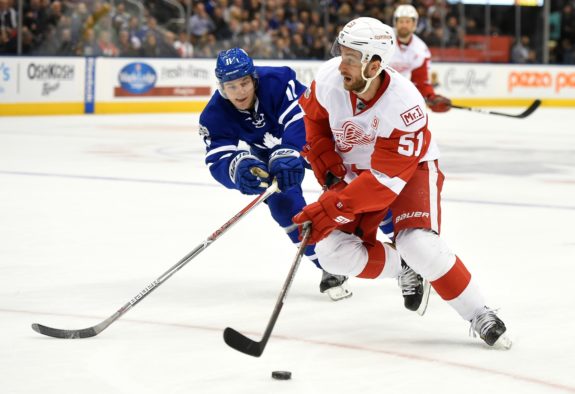
Scott Dobben was the Senators’ next selection and arguably the safest of the bunch. Unranked after the NHL Central Scouting’s midterm list, he made the cut in the final rankings, rising to a surprising 92nd among North American skaters. The winger was nearly a point-per-game with the Erie Otters and had a strong playoff showing, helping his team win the OHL championship.
However, the Senators saw a major problem with his speed too late. Seeing the game get faster and faster, they decided not to offer Dobben an entry deal. He went on to sign with the Cleveland Barons, then bump around various teams in the AHL, ECHL, and UHL, all to middling results. After a two-year stint in Lakehead U., Dobben tried once more to play professionally, signing in Germany’s tier two league, then the British Hockey League, before retiring in 2012.
Ottawa had one more pick in the fourth round, received as compensation for free agent Jason York, which they used on unranked Swedish defender Johan Bjork. A steady, stay-at-home defenseman, he was offered an entry-level deal after appearing for Sweden in the U18 and U20 tournaments, but never made the journey to North America. He retired in 2017, playing all but 42 games in Sweden.
The fourth round was one of the weakest in 2002, but one team managed to find a solid prospect. With the 129th pick, the Colorado Avalanche selected Tom Gilbert, ranked 45th among North Americans, from the USHL’s Chicago Steel. He would make his debut with the Edmonton Oilers in 2006-07 after being traded for Tommy Salo, and for a few seasons, was a decent offensive defenseman, topping out at 45 points in 2008-09.
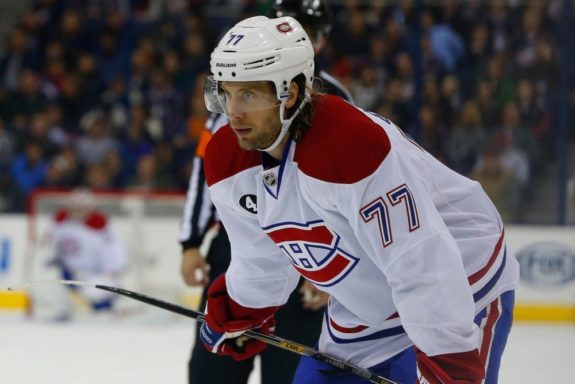
The Senators closed out the middle portion of the draft by taking Brock Hooton, a fast center playing in the BCHL. He had just received the league’s MVP honours and was nominated to the First All-Star team after scoring 84 points in 60 games. However, some flaws in his game would reveal themselves as he joined St. Cloud State University the following season, and after four seasons, his career high was 27 points in 42 games.
Ottawa also refused to sign Hooton and he played a few seasons in the AHL and ECHL before joining the German tier-two league in 2009-10, and he won the league’s championship in 2014. Six picks later, though, the Blackhawks picked up an undersized defenseman playing for the Plymouth Whalers, James Wisniewski. Ranked 47th among North Americans, he had a successful NHL career before retiring in 2018 after playing in the Olympics for the United States.

Closing Out the Draft
With only two picks remaining, the Senators took two more huge risks on European prospects. They had traded away their sixth-round and seventh-round picks to the Tampa Bay Lightning in two separate deals, acquiring veterans Juha Ylonen and Josef Boumedienne. Tampa would use those picks on big defenseman Paul Ranger and goalie Fredrik Norrena, both of whom would play over 100 NHL games each. Ylonen and Boumedienne would combine for 15.
The Senators first selected Josef Vavra with the 246th pick. He was still largely an unknown, having only played in Czech junior leagues, but had shown to have a decent scoring touch and a nasty edge in lower levels. He had also shown a commitment to coming to North America after being selected by the Tri-City Americans in the 2002 CHL Import Draft, which helped increase his draft stock.

However, he was unable to adapt to the North American ice. In Tri-City, Vavra was limited to 37 games thanks to a knee injury, scoring only seven points in the stretch. He joined the Kootenay Ice the following season, playing even less (18 games) and scoring just six points. That was enough for Vavra, and in the midst of the 2003-04 season, he returned to the Czech Republic where he played for two more seasons before retiring, most likely due to knee issues.
With their final pick, the Sens took a 23-year-old Russian, Vitali Atyushov, who looked as though he could become a reliable, two-way depth defender in the NHL. That is, if he ever decided to play in the NHL. Try as they might, the Senators could not convince Atyushov to leave his home, thanks in part to theRussian transfer policy. Adding insult to injury, Ottawa was forced to watch him become a top defender in the KHL.
Few picks in the eighth and ninth rounds make it to the NHL, so it’s unfair to hold Muckler fully accountable for these busts. However, the Detroit Red Wings ended up with Swedish defender Jonathan Ericsson with their final selection, who has played over 600 career games in the NHL.
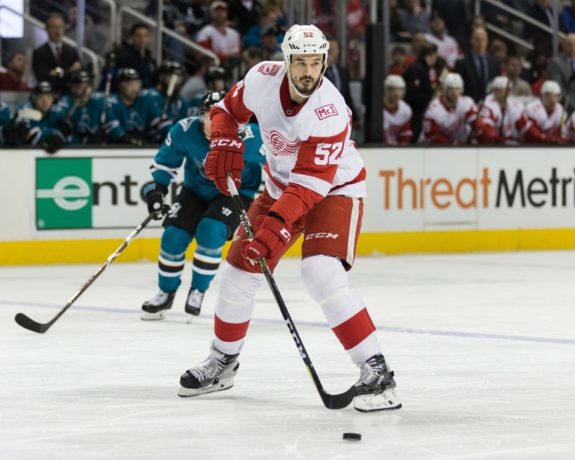
Final Grade – F
It doesn’t get much worse than this. After nine rounds and eight selections, the Senators ended up with six games and an assist. Muckler’s first year as GM set a precedent, building through aggressive trades and free agents while disregarding the draft. In the short-term, it nearly paid off, but the long-term effects were painful.
Muckler would be GM for four more drafts with the Senators, none of which were very successful. Thankfully, they never again were quite as bad as 2002.